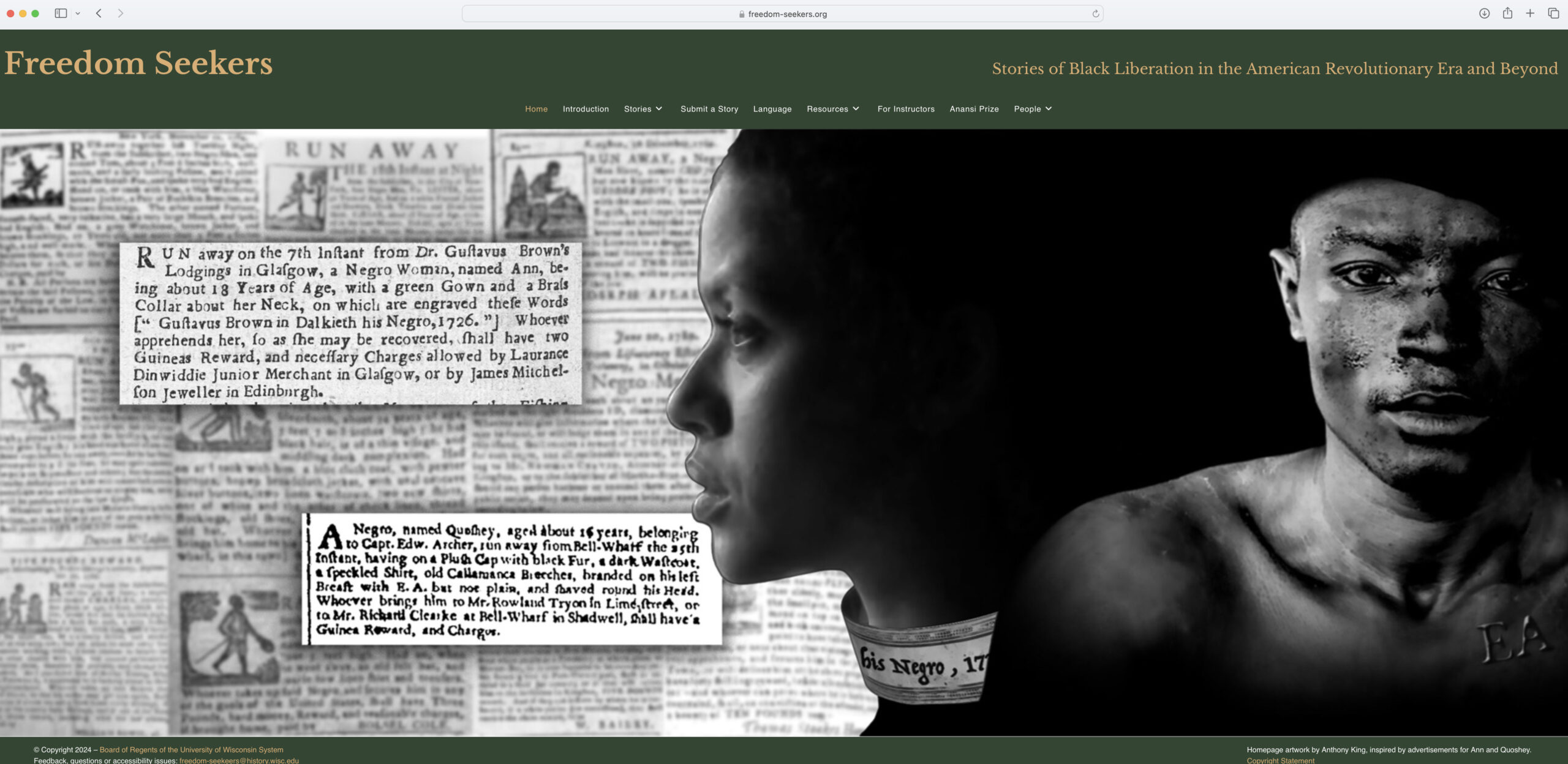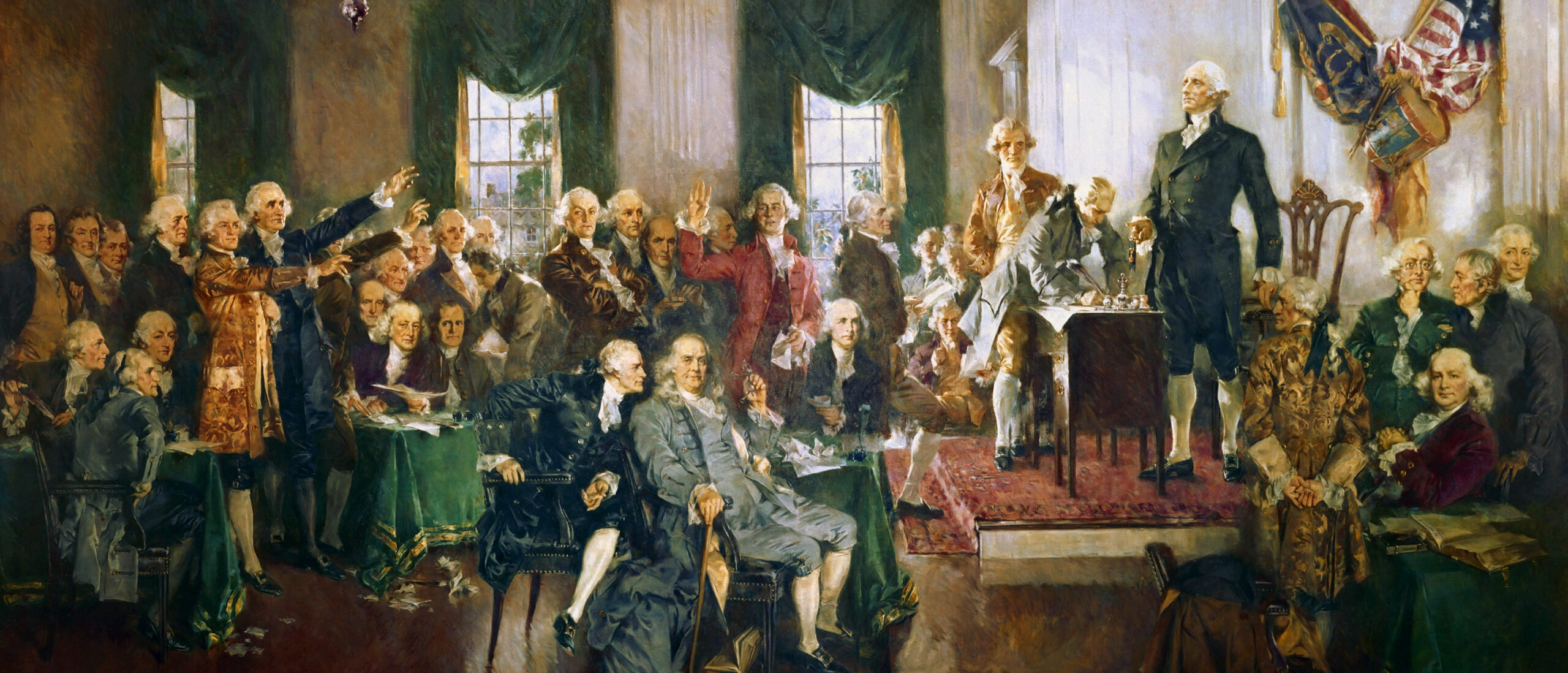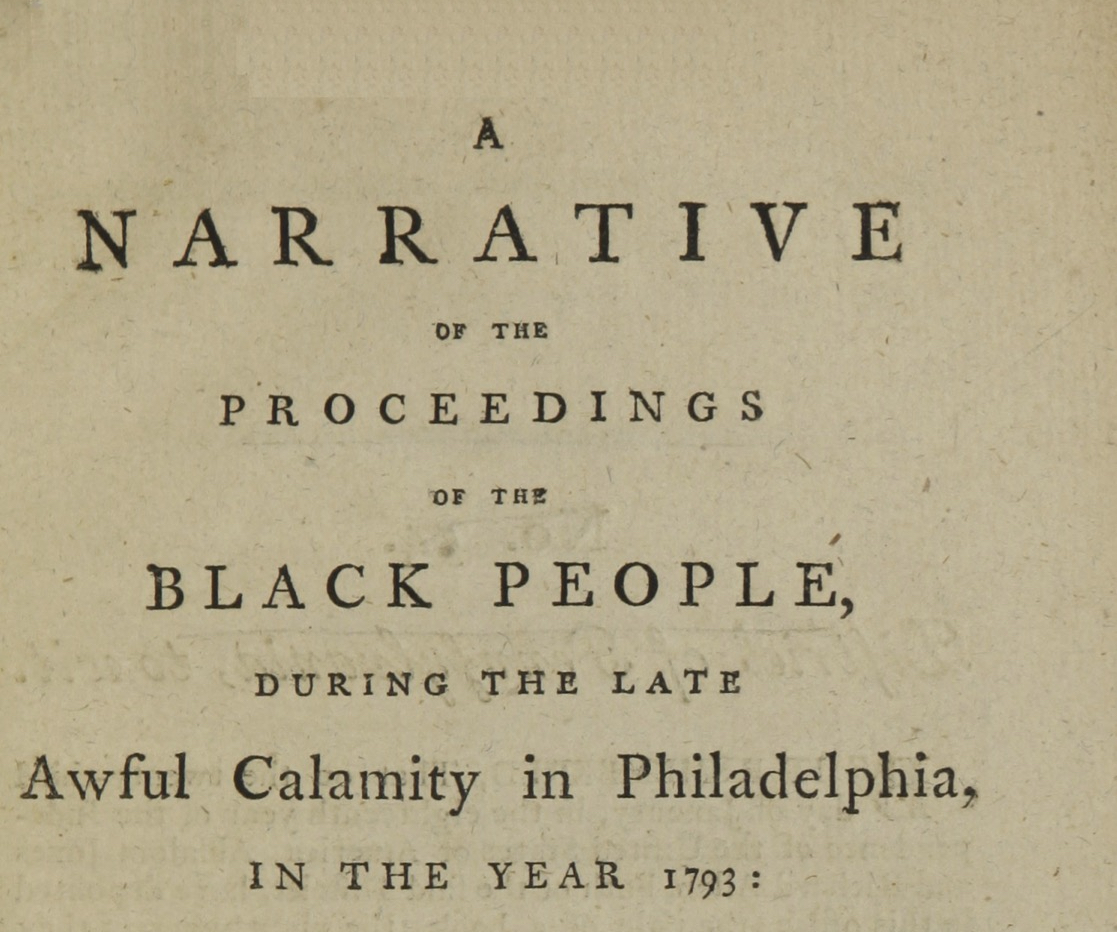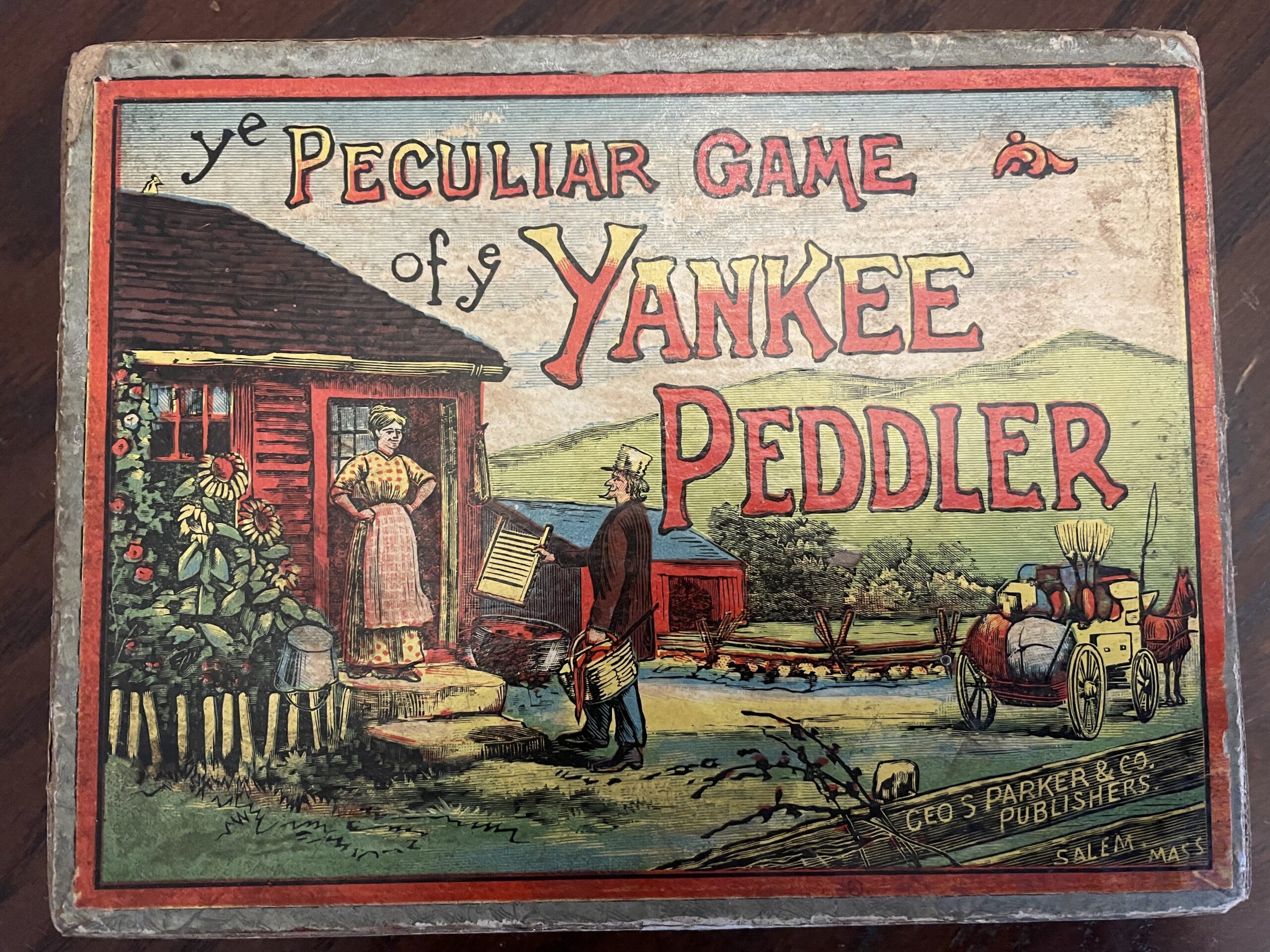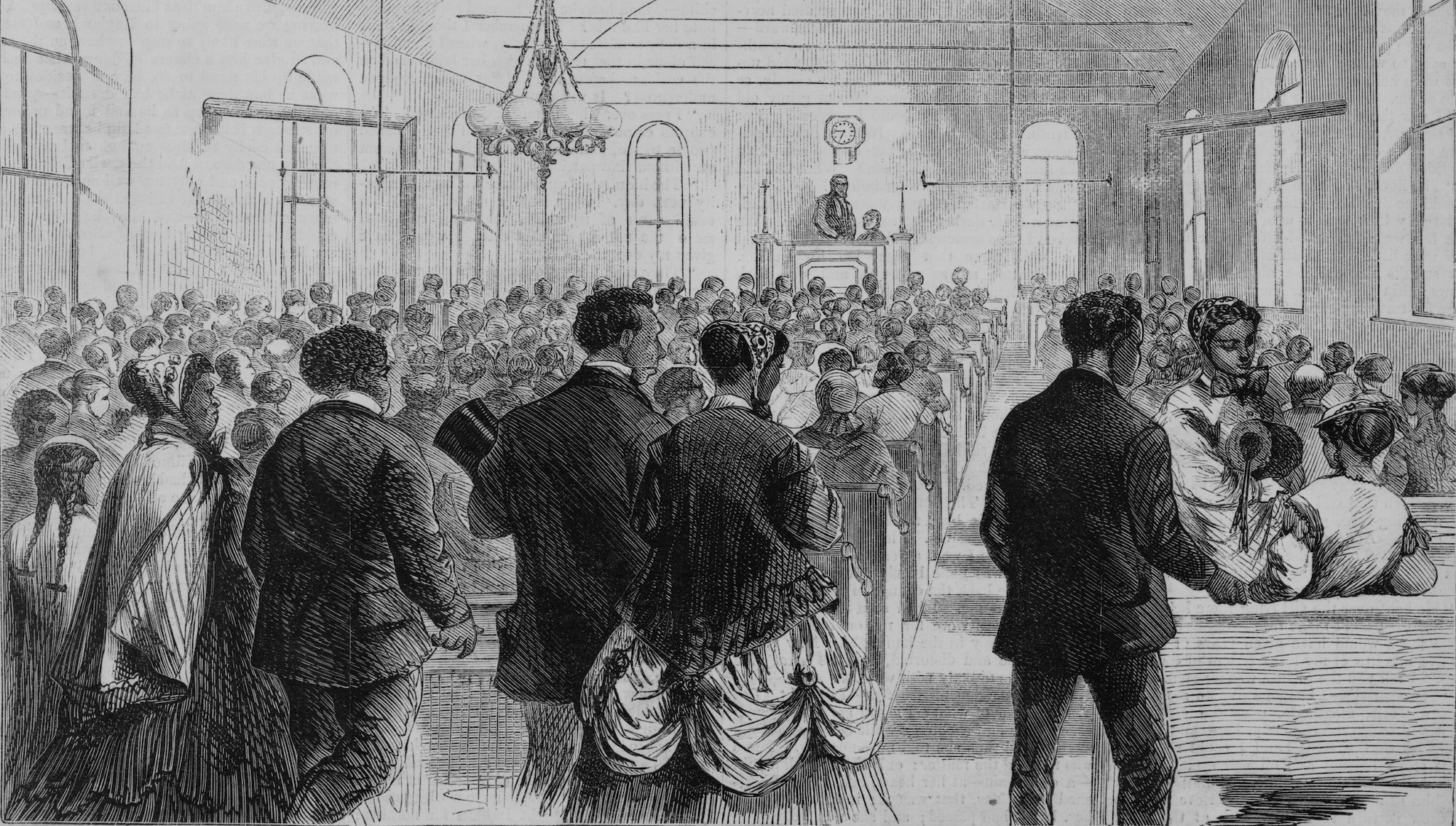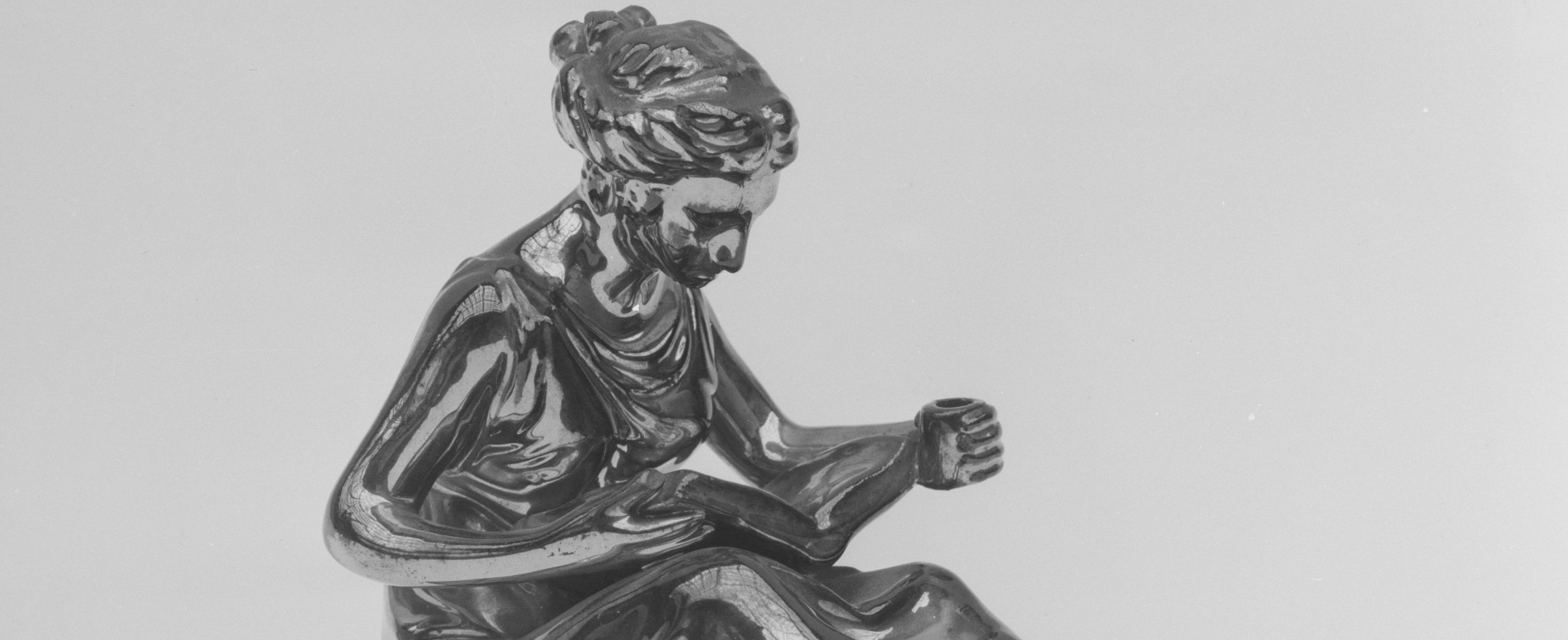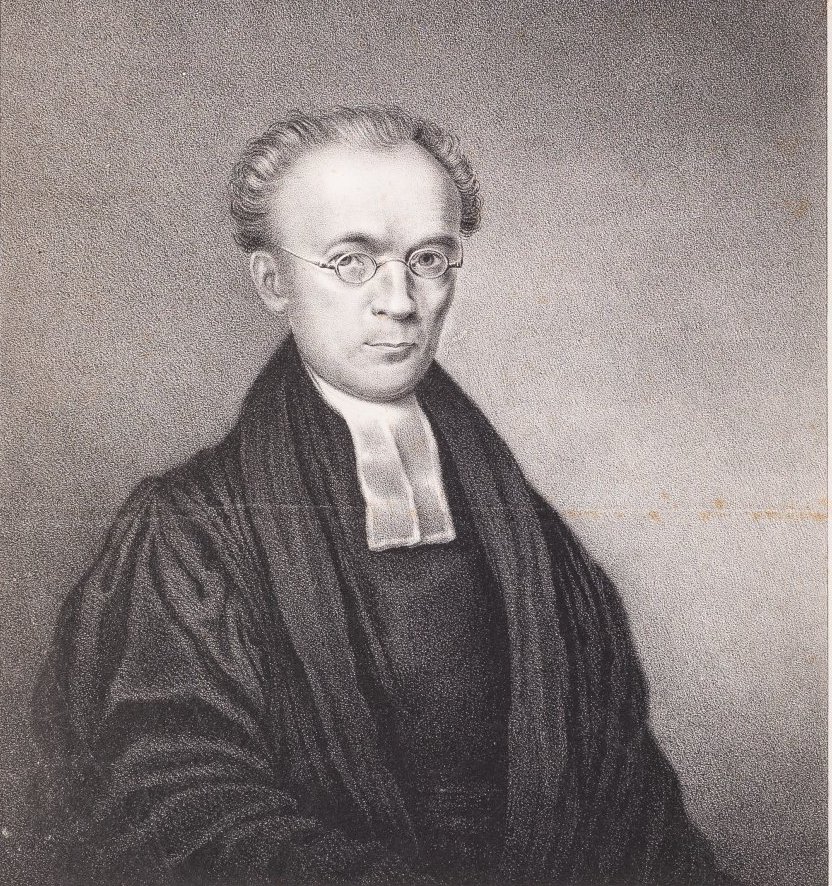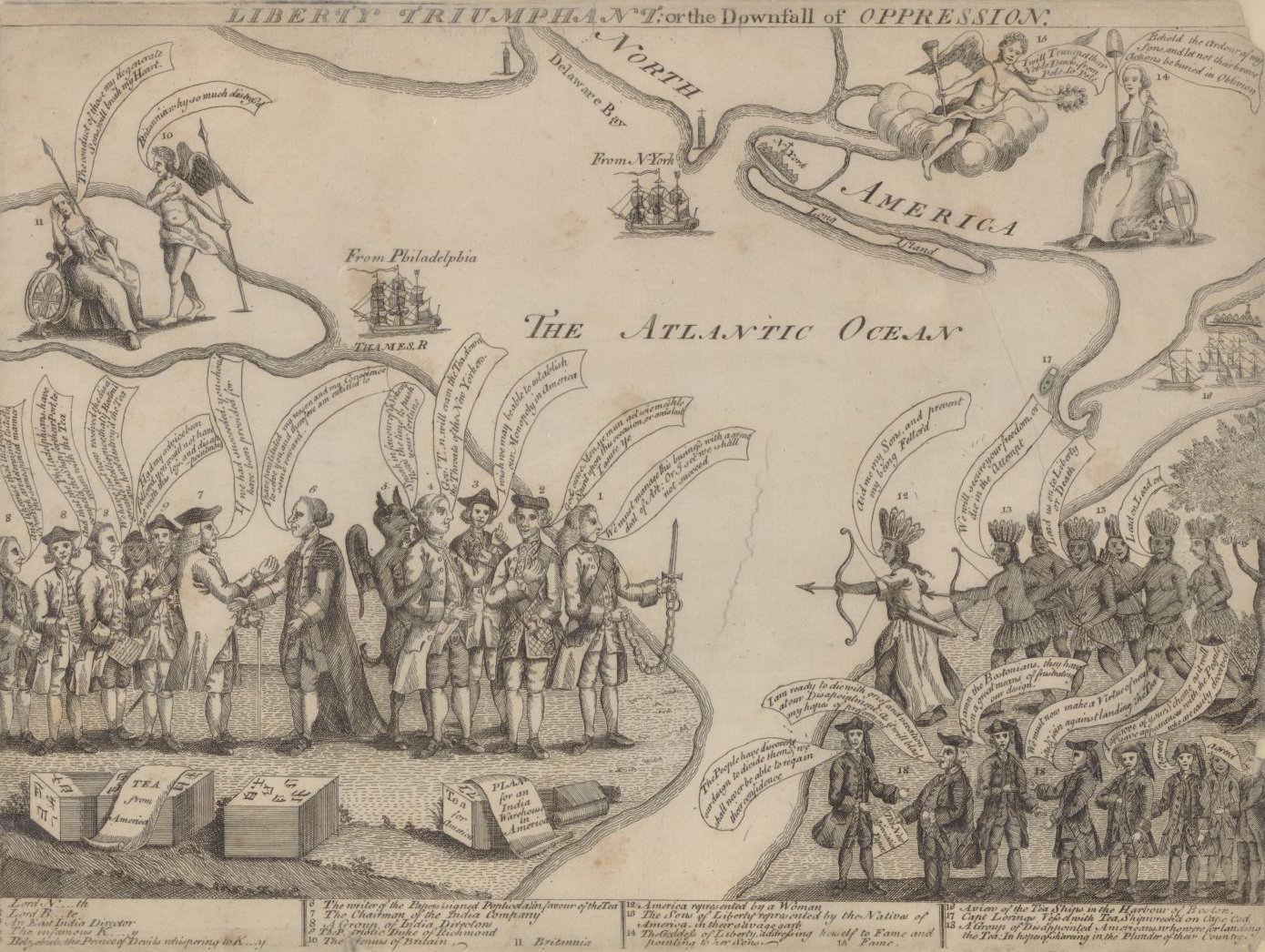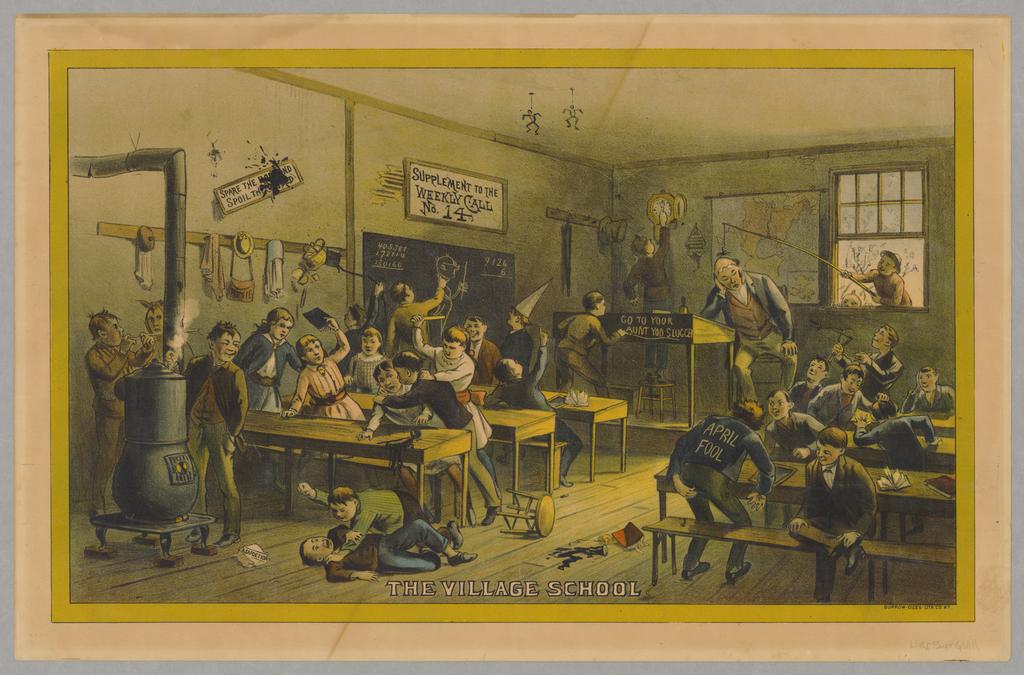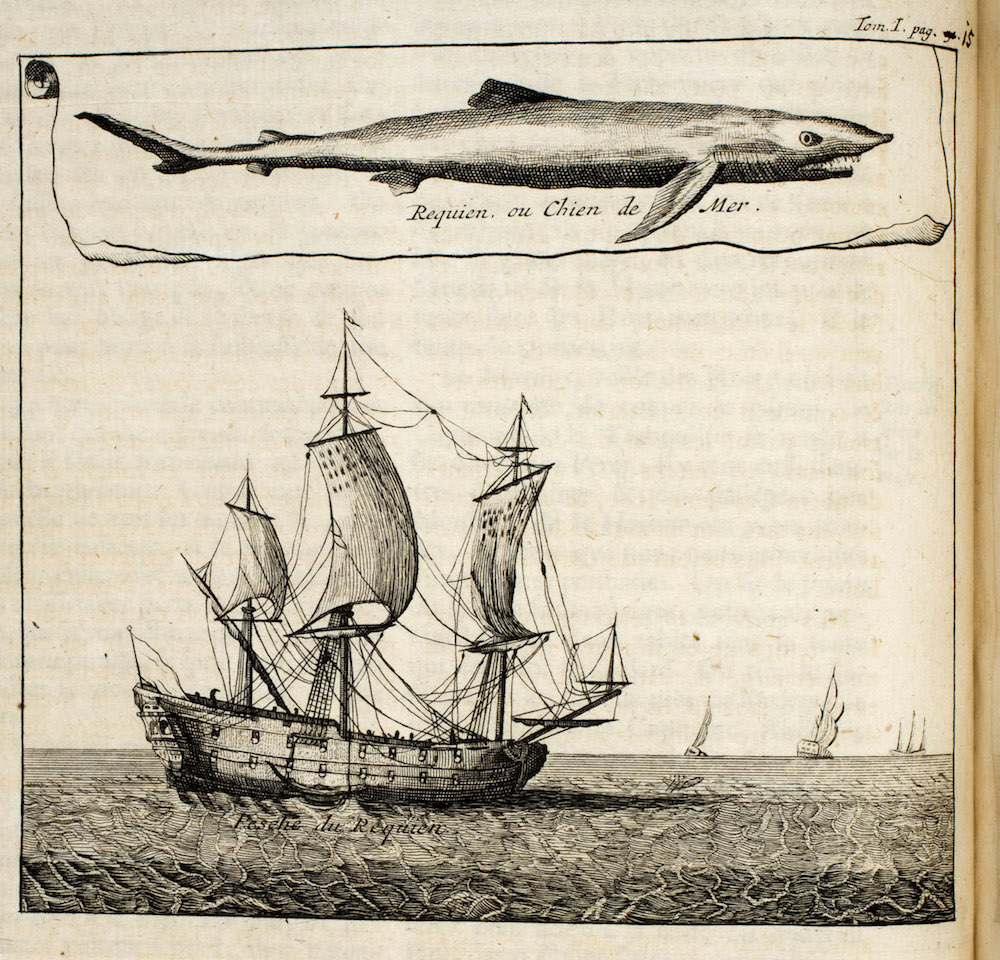One of the hardest things about teaching the early American segment of the U.S. History survey is that it comes at the beginning. In a classroom in which the interpersonal dynamic has not yet gelled, in which reading and writing skills may be rusty, in which minds keep turning back to the summer just past, we tackle captivity narratives penned by frontier housewives and indignant missives from semi-literate indentured servants. There is little opportunity for a gradual, gentle, skill-building re-acquaintance with historical study; if the vicissitudes of seventeenth-century language and diction don’t discourage the students, the intricacies of Puritan theology may.
Teaching the colonial segment of the survey is hard for another reason, too: the seventeenth-century European settlement of North America was about as messy and amorphous as a beginning can be. More and more, I realize that my introductory lessons on colonial America are filled with things that didn’t work and things that didn’t last. Puritanism: an extraordinarily compelling yet ultimately fleeting religious movement. Indentured servitude: an ugly way station on the path to a slavery-dependent economy. The enterprising Dutch colony of New Netherland: conquered in 1664, briefly recovered, then gone for good. The vast French colony in Quebec: tumbled into British hands in the 1760s. Indigenous political power: profound in the seventeenth century, yet rapidly eclipsed in the eighteenth. All of these phenomena were vital in shaping early America, and I can’t imagine teaching the colonial segment of the survey without mentioning them. All the same, I sometimes wonder what it is like for a novice history student to sit through weeks of lessons about a social and political scene that will be utterly displaced by mid-semester.
Historians now have scholarly books to tell us that trial-and-error in an atmosphere of hopeful confusion was precisely what colonial America was all about—notably The Jamestown Project, in which Karen Kupperman depicts the eventual creation of a successful colony at Jamestown as the culmination of a long period of discussion, experimentation, and repeated regrouping after failure. Nor was America the only focus of interest; in The Web of Empire: English Cosmopolitans in An Age of Expansion, 1560-1660, Alison Games places English colonization of North America and the Caribbean within a larger context of how Englishmen and women learned to interact with, trade with, and colonize other parts of the world. This recent scholarship has led me to play heavily on the themes of exploration, experimentation, failure, and regrouping in my elective course on the Atlantic world. Alas, these themes fit less easily into the fast-paced colonial segment of the U.S. History survey, and they’re surprisingly absent from the early chapters of U.S. History textbooks.
U.S. History textbooks tend instead to emphasize comparisons, geographic, racial, and imperial. I grew up with this approach: the colonial American history I learned in high school was framed as a comparison between New England and Virginia; the colonial American history I learned in college was framed as a comparison between New England, the Middle Colonies, and the Chesapeake. Land and climate shaped colonists’ lives in many ways, and considering how geography impinges on economic and social life is a fine way to begin a course. Yet I’m leery of making geographic comparison the centerpiece of the colonial unit. As April Lee Hatfield points out in Atlantic Virginia: Intercolonial Relations in the Seventeenth Century, even the earliest American colonists were aware of settlements beyond their own regions. They communicated with them, copied them, learned from them, and reviled them. They moved, sometimes over long distances. While many aspects of early American life were bound by geography, many others transcended it.
One might make a similar point about race. Gary Nash’s Red, White, and Black: The Peoples of Early North America, first published in 1974, was an instant classic that urged historians to take Indians and Africans seriously, as full participants in early America, and to avoid dismissing indigenous society as simple or static. Teachers and textbook authors learned this lesson well; a generation later, it’s difficult to imagine how anyone could teach colonial America without paying focused attention to the Atlantic slave trade, African-American life in slavery, European settlers’ interactions with American Indians, and indigenous power in warfare, diplomacy, and trade. Yet the more closely historians examine racial dynamics, the more complications emerge. There were whites who lived as Indians, Indians who lived as whites or in some “middle ground” between, and white servants who lived and worked and fraternized with African slaves. The survey teacher’s challenge is to depict the stark ways in which race shaped colonists’ lives while simultaneously helping students understand that the “red, white, and black” distinction was cloudier in the America of 1650 or 1700 than it was in the United States of 1800 or 1850.
In class, I get a good deal of mileage out of asking students to critique the textbook paradigms. We compare and contrast seventeenth-century New England and seventeenth-century Virginia, and then I ask if this is a sufficient overview of early American society. No, say the students, there were Middle Colonies, and not everyone was of English descent. Eventually someone adds in the Caribbean, and the Lower South. I introduce the inevitable “settlers and Indians” lesson by writing the phrase “Indians’ New World” on the chalkboard and asking the students what they think it means; we brainstorm a lengthy list of how life changed for the people who were already in the New World when the others arrived.
While it’s fun and fruitful to insert snippets of recent scholarship into class discussion, I am starting to wonder if the time has come for a substantial revision of the standard U.S. History textbook narrative of colonial America. I long for a textbook narrative that places the themes of experimentation, failure, and innovation front and center; that explores but does not overemphasize geographic differences, with some attention to the coastal-frontier divide as well as to north-middle-south; that conveys the messiness and uncertainty of the process by which European colonists came to coexist with, rely on, and exploit Native Americans and Africans.
I long, too, for a textbook narrative that offers students more of a sense of historical change within the colonial era. The span of time from Jamestown to the end of the Seven Years’ War is roughly equivalent to the span of time from the American Revolution to the New Deal, some five or six generations. Yet most of us tend, in teaching the colonial segment of the survey, to organize information geographically and thematically more than chronologically. I’ve found that the question “How was British North America in 1750 different from British North America in 1650?” stumps students more than almost anything else I ask them about the period.
Any enthusiast for early America is likely to struggle with the survey teacher’s task of teaching it quickly, as a prelude to the main event. But perhaps we can embrace its prelude quality, rewriting the colonial segment of the survey to highlight all that recent scholarship offers on the topics of experimentation, innovation, failure, flexibility, borrowing, and distinct change over time.
Further reading
Two engaging recent books that emphasize the complex cultural background to British colonization and the themes of experimentation and innovation are Karen Kupperman’s The Jamestown Project (Cambridge, Mass., 2009) and Alison Games’s The Web of Empire: English Cosmopolitans in an Age of Expansion, 1560-1660 (Oxford, 2009). In Atlantic Virginia: Intercolonial Relations in the Seventeenth Century (Philadelphia, 2007), April Lee Hatfield makes the case that trade and contact with other colonies decisively shaped seventeenth-century Virginia, especially in its approach to slavery. Gary Nash’s Red, White, and Black: The Peoples of Early North America (sixth edition, Upper Saddle River, New Jersey, 2009) examines the major ethnic and racial groups that constituted colonial American society. The phrase “Indians’ New World” comes from James Merrell’s book The Indians’ New World: Catawbas and Their Neighbors from European Contact through the Era of Removal (New York, 1991). I first learned to think about periodizing the long stretch of colonial American history from Jon Butler, who, in Becoming America: The Revolution before 1776 (Cambridge, Mass., 2001), analyzes the decades from 1680 to the mid-eighteenth century as a discrete era.
This article originally appeared in issue 12.2 (January, 2012).






